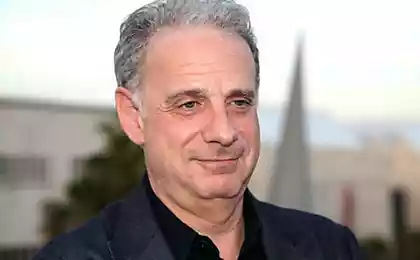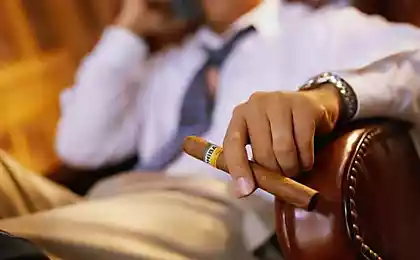881
A little bit about TV
TV and television itself, is an inherent part of our daily lives. Although now many refuse to TV, TV on the turn of the century was almost in every home. Share interesting facts about it.
The variety of TV and their prices significantly complicate the search for the best option. However, there are convenient resources, which can not only compare their prices, but also to find an optimal model

It is believed that the first television receiver was invented by Max Dieckmann back in 1907. Thus. The screen size was only 3x3 cm, and the transmission frequency of the image just 10 frames per second. At the same time, the first prototypes were still at the end of XIX-th century.

Serious progress in the development of television emerged in 1931, the year, thanks to Ike - the first transmission electron tube.

The term "soap opera" concerning the long-running television series melodramatic, came on the television screen of the radio. In the US in the 30s of the last century were popular serials auditions, which aired in the afternoon for housewives. Sponsors of such radio shows as a rule, are manufacturers of household chemicals. Hence the "soap operas».
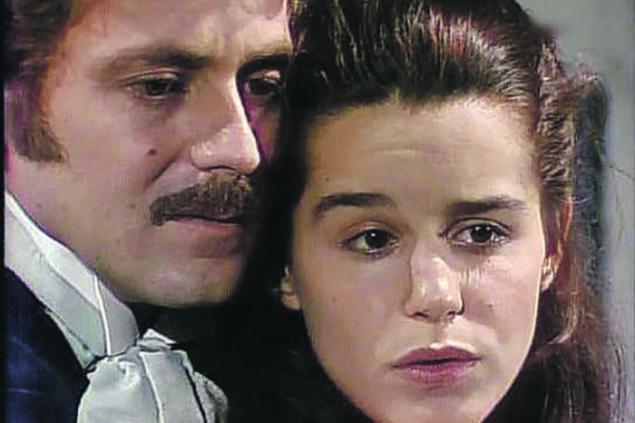
The first Soviet television serial called KVN-49 at the beginning of the year of its release. Abbreviation - uppercase letters the names of its creators: Kenigson, Warsaw, Nicholas. In total, with all modifications, KVNov was issued more than 2, 5 million copies.

In the UK, if you own a TV, you are required to pay an annual tax of about 150 pounds. Thanks to this tax exists BBC channel on which there is no advertising at all.
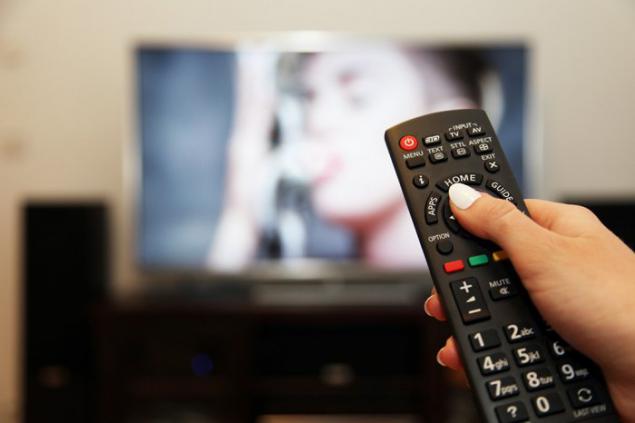
Watch TV while eating can lead to problems in digestion and the appearance of excess weight.
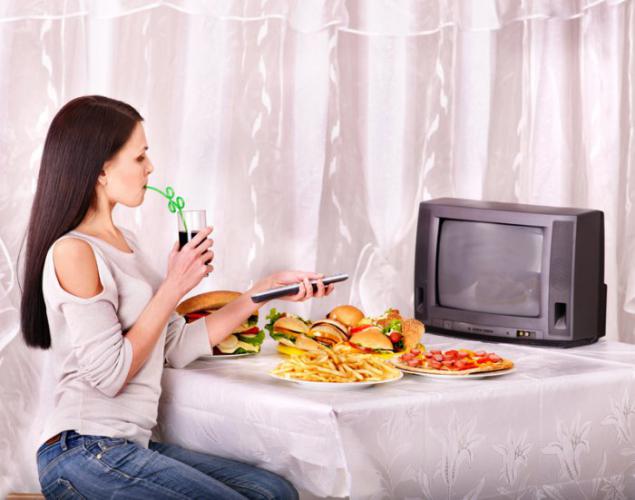
The most popular TV is considered in Japan. The average citizen of this country to watch TV spends more than a third of the day.

LED and LCD-TVs are not physical competitors, and the first is the same as LCD, simply uses LED backlight. Although in fact, beneficial to manufacturers to submit it as a radical difference and completely different type of TV.

At the same time, our selection of interesting facts completed. Meet me in the following.
The variety of TV and their prices significantly complicate the search for the best option. However, there are convenient resources, which can not only compare their prices, but also to find an optimal model

It is believed that the first television receiver was invented by Max Dieckmann back in 1907. Thus. The screen size was only 3x3 cm, and the transmission frequency of the image just 10 frames per second. At the same time, the first prototypes were still at the end of XIX-th century.

Serious progress in the development of television emerged in 1931, the year, thanks to Ike - the first transmission electron tube.

The term "soap opera" concerning the long-running television series melodramatic, came on the television screen of the radio. In the US in the 30s of the last century were popular serials auditions, which aired in the afternoon for housewives. Sponsors of such radio shows as a rule, are manufacturers of household chemicals. Hence the "soap operas».

The first Soviet television serial called KVN-49 at the beginning of the year of its release. Abbreviation - uppercase letters the names of its creators: Kenigson, Warsaw, Nicholas. In total, with all modifications, KVNov was issued more than 2, 5 million copies.

In the UK, if you own a TV, you are required to pay an annual tax of about 150 pounds. Thanks to this tax exists BBC channel on which there is no advertising at all.

Watch TV while eating can lead to problems in digestion and the appearance of excess weight.

The most popular TV is considered in Japan. The average citizen of this country to watch TV spends more than a third of the day.

LED and LCD-TVs are not physical competitors, and the first is the same as LCD, simply uses LED backlight. Although in fact, beneficial to manufacturers to submit it as a radical difference and completely different type of TV.

At the same time, our selection of interesting facts completed. Meet me in the following.




